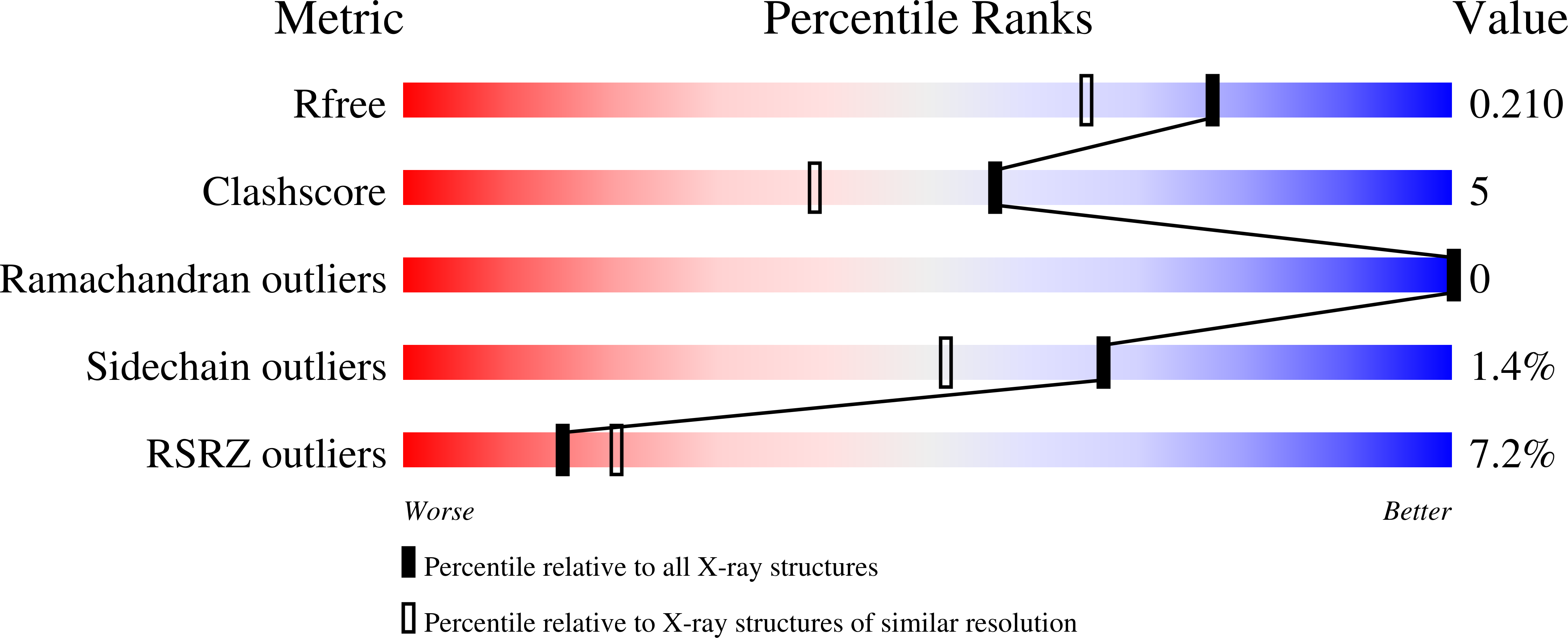
Deposition Date
2009-10-15
Release Date
2010-01-19
Last Version Date
2024-11-27
Method Details:
Experimental Method:
Resolution:
1.75 Å
R-Value Free:
0.21
R-Value Work:
0.18
R-Value Observed:
0.18
Space Group:
P 21 21 21


